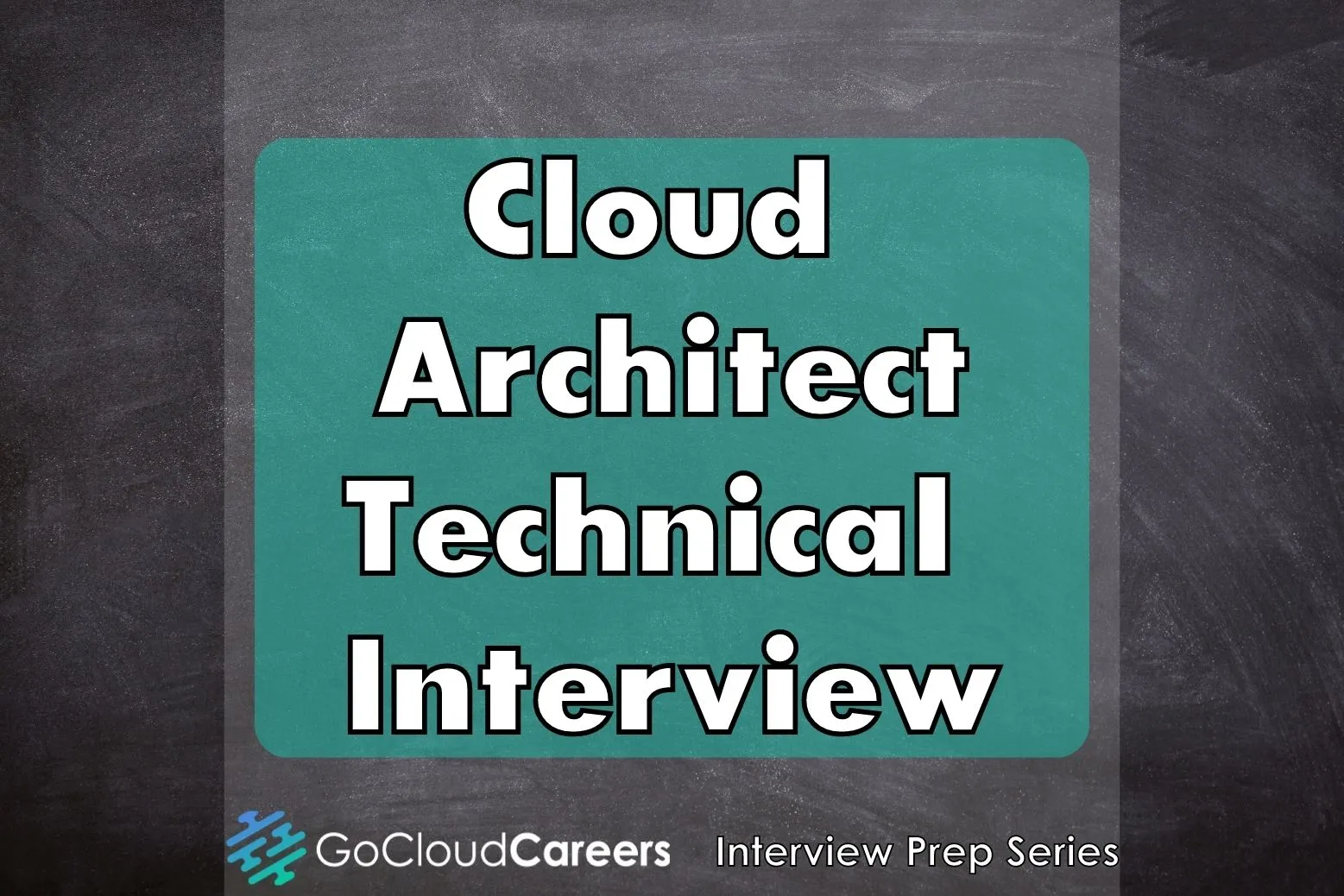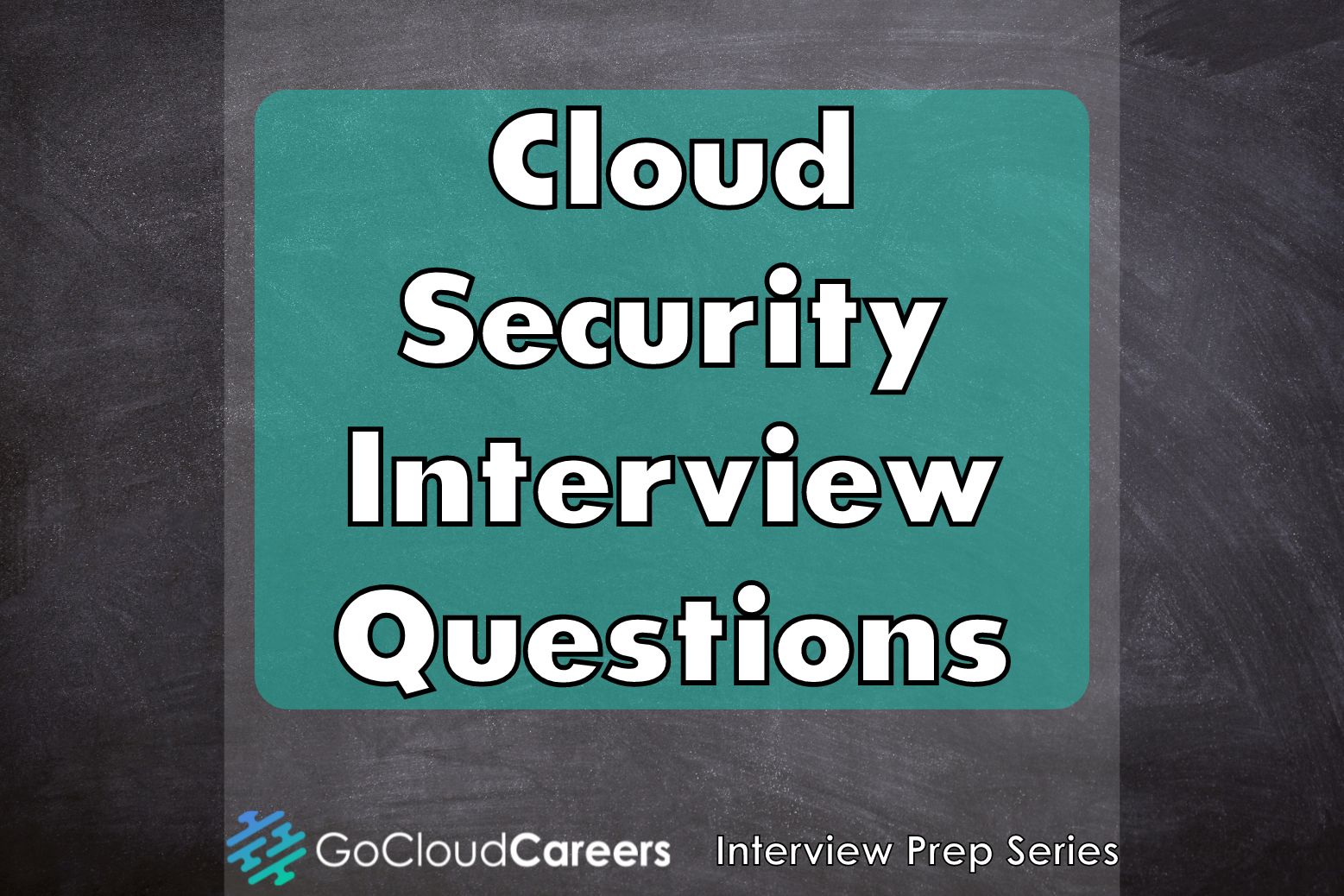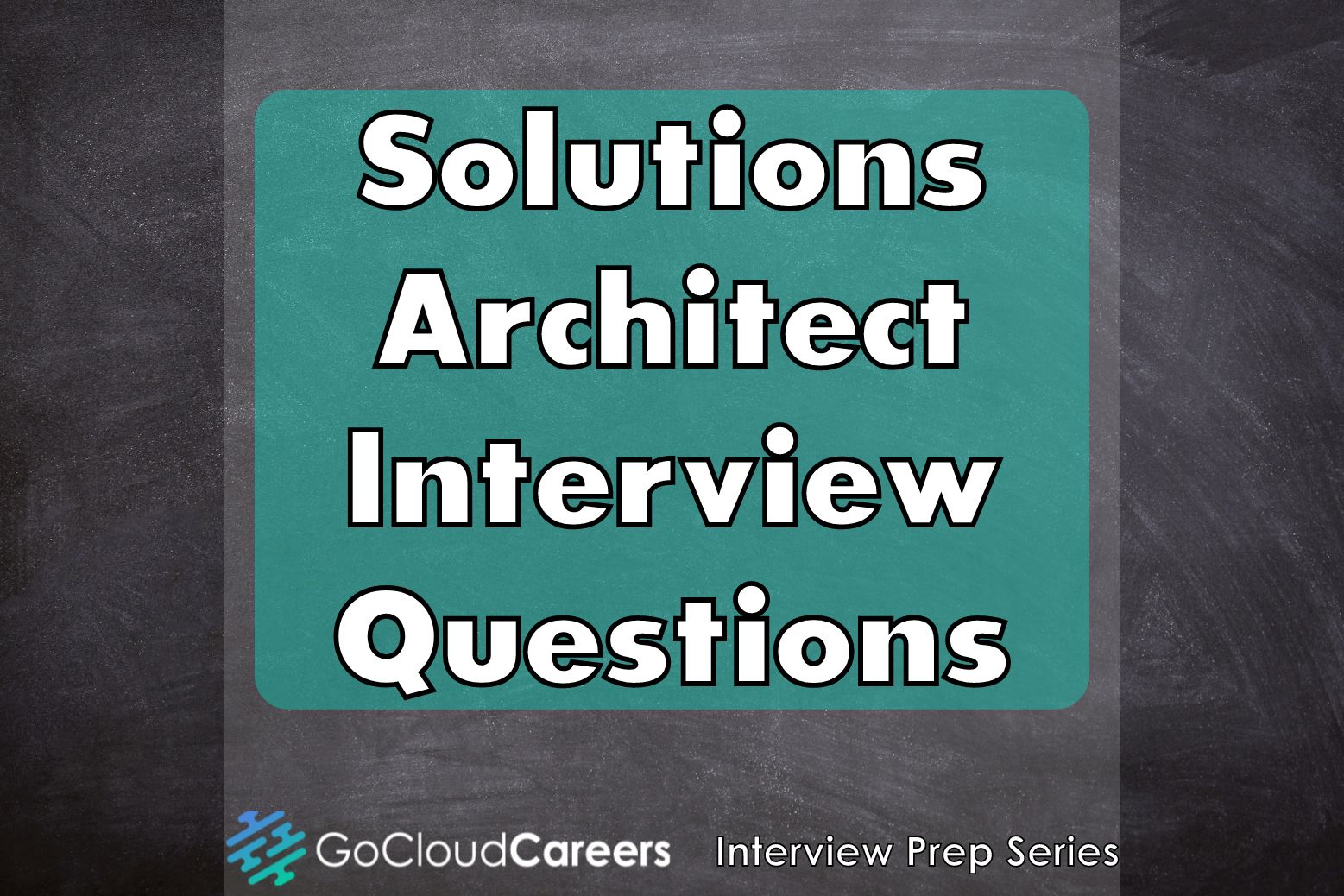
Cloud Architect Technical Interview (Master The Cloud Architect Interview Questions!)
Are you looking to get hired on your next cloud architect technical interview? If so, then keep reading. Today, we talk about cloud architect interview questions. The technical interview is one of the ways the employer assesses whether you’re technically competent and ready for the job.
In addition to just getting your technology baseline, some of the other things hiring managers are looking for in the cloud architect technical interview is how well you can communicate technology. As an architect, you have to understand the technology and be able to communicate it.
Question 1. “Tell me about yourself?”
This one is not a technical question, but it’s the thing that kicks off most interviews, including technical interviews. If you want to boost your interview skills, you definitely want to get this one, because it’s the one that starts your interview. It is your opportunity, a chance to sell the employer on why they need you. You should always have a 60 to 90 second pre-made, tell me about your self response. It needs to be “you” – authentic!
For example, I would say,
“Hi, I’m Michael Gibbs. I’ve been working with technology for over 25 years. I’ve worked in networking, security, and cloud computing. I am an industry-recognized thought leader. I love technology, mentoring, and coaching others. I’ve worked the all aspects of the industry, from sales, marketing, and architecture. I know that if I was part of your team, I can make a big impact.”
In this way you’re trying to show the hiring manager very quickly what our expertise is. How your expertise can help the hiring manager, so they know exactly what they are. This shows that you’re energetic, enthusiastic, and motivated – all your good qualities.
Question 2. “What is the difference between a hybrid cloud and a full cloud environment? What are the advantages of each?”
In a hybrid cloud environment, you have both your data center, which has a lot of servers, compute, storage, networking, and security, and you also have the Cloud. The two are connected, so you get the best of both worlds.
Advantages are that you’ve already got a serious investment in your infrastructure (servers, switches, and storage). You can leverage your infrastructure and still leverage the benefits of the cloud – agility, auto scaling.
Performance-wise, there are environments that require extremely low latency, and you cannot get that latency in a full cloud environment, as you would in your own data center. This happens because it takes time for the speed of light to actually go over the fiber optic connection to the Cloud. It could be milliseconds, but those milliseconds can be in certain applications, a competitive disadvantage.
Let’s take for example a financial application. You place a trade based on algorithmic trading. As you get some news, you buy or sell. In the financial world when a stock is going up and you buy that trade a nanosecond faster than the competition, you have a competitive advantage, since you buy it cheaper. When stock prices are going down and you could sell a nanosecond faster than your competition, again, you sell it at a higher price, before it goes down. All in all – you could buy cheaper and could sell higher.
Last, you also get control. If a Cloud provider decides that they don’t want you on their Cloud, or were to triple your rates, you still have your data center to operate from. You can do virtualization in your data center. You can even run your own Cloud like an OpenStack Ansible Cloud or a Nutanix Cloud.
In a pure cloud environment, all of your things are in the Cloud. Because of that, it’s going to be much simpler.
Advantages are that you don’t have to find good network engineers or have a network, switches, and routers to maintain. There is much less complicated routing and complicated network management. There are no servers to deal with. You don’t have complicated server management. It’s not just the compute, storage, applications, and network, but it’s the power, the cooling, and the space.
Everything’s easy because it’s all done for you in the Cloud. Moving completely to the Cloud makes life simpler and is faster. If you are a new organization and have never invested in technology before, you don’t need the capital expense (“CapEx”) of purchasing data centers. If an organization goes straight to the Cloud, they don’t have anything to buy. They do not have those big capital expenses. Instead, they trade them for ongoing expenses or operational expenses (“OpEx”). You can spin up an instance or a virtual machine in a second. Whereas in the data center, if you need a new server, you might have to order a new server.
Question 3. “How can autoscaling help with DDoS protection?”
If you don’t understand security, and DDoS attacks, then autoscaling and DDoS will seem unrelated, but they’re not.
In a distributed denial-of-service attack or in a DDoS attack, a hacker infects multiple computers. Then they launch an attack on your system through those multiple computers. Typically, they’re trying to send something at you, that’s going to use up all your servers’ resources. Meaning, network bandwidth, CPU performance, and memory. That way they take control or overwhelm your system.
For example, you’ve got a web server that does 10,000 web requests per second. Normally, you have 5,000. If you get a DDoS attack that’s 30,000 web requests per second, it will take over it, and your web is going to be predominantly down. Let’s say that each of your servers could handle 5,000 web requests, and you spun up 10 different instances, with autoscaling. You’ve got 5,000 times 10.
Thus if you’re getting attacked with 30,000 requests per second, but you can now handle 50,000, the DDoS attack was thwarted. That is why autoscaling is one of the many things that’s part of comprehensive DDoS protection.
Question 4. “What is CIDR or Classless Inter-Domain Routing?”
These are some basic networking skills, every cloud architect should have. About 25 years ago, when I first went into networking, they were phasing this concept of classical networking out, but there were these concepts of address classes.
A Class A network began with a 0 – 127, or 0 to 127. It had a subnet mask that was a /8, or 255.0.0.0. This was one giant network that could basically house about 16 million hosts. They’d all have to be in a single subnet, which would be ridiculous.
That is because if you assign an address like that and you put it on one Ethernet port of your router, all the 16 million addresses would be used up all by that subnet. You, obviously, would run out of addresses really quickly. If you’ve got a computer that’s got 4 Ethernet cards in it, they all need to be on a separate subnet.
Would you use 16 million addresses for every single subnet? Of course not!
A Class B network began with a 128 – 191, or 128 to 191. It had a subnet mask that was a /16, or 255 255.0.0.
A Class C network began with 192 – 223, or 192 to 223. It had a subnet mask that was a /24, or 255 255 255.0.
Then it becomes clear that address classes are not needed anymore and that they are functionally useless. It was therefore decided to take one of these networks and to subnet them down. In this way we have as many IP addresses and subnets as we need. We can maximally use the IP address based what we’re given, especially because we’re short on addresses.
Classless Inter-Domain Routing, also known as CIDR, is basically saying that we are no longer going to use the classical boundaries, meaning Class A /8, Class B /16, Class C /24. Instead, we are going to subnet them down and make the subnets the size that we actually need them.
Question 5. “What qualities make you a good fit for the job?”
Here’s where we tell our students to leverage their life and work experience, leverage their strengths, and assets.
For example, if you are at a job as a cloud architect, and it’s your first one where you don’t have a big career in tech. You’re living an experience. Previously you might have worked in customer service for a few years.
One could think that customer service and cloud architecture are unrelated and they are, but there are still traits that carry over from customer service that is going to make you a great cloud architect.
First, you interact with people. If you’re good at customer service, you’re going to have fantastic people-, interpersonal-, soft-skills, and emotional intelligence. You’re going to be dealing with frustrated people and you’re going to need to learn how to calm them down and make them satisfied. That means some excellent communication skills. Empathy is there too, because when someone’s telling you about their problem and are really upset about it, you have to be able to address that.
As a cloud architect, you meet with clients, ask questions, and present things. It is a very business-oriented role. From your customer experience, you learned emotional intelligence, empathy, and communication. Now, when you’re speaking to an executive, you are better positioned to bring out the best in the executive, ask the right questions, bring out the best in your team, and come up with the best design.
What you did in your past experiences can definitely help you in your future job. Think about the experiences you had. Maybe you were part of a team, like a team captain, which shows leadership and teamwork. Think about what employers desire and how you can leverage your past experiences, and it will help you get your first cloud architect job.
Question 6. “Why should I hire you now?”
This question often ends both technical and non-technical interviews. If you know me and you’ve seen some of my videos and blogs, I tell you that sales skills are critical for cloud architects, and anyone in a technology career. This is your chance to sell, convince the employers that they need you, and you will make such a massive impact on their team.
Let’s look at things from a hiring manager’s perspective. The hiring manager has a challenge. They’ve got a lot of work to be done, and they obviously don’t have enough people to do it. That’s why they’re hiring. They desire people that are technically competent, trustworthy, and safe. Who know what they know, and what they don’t know. Who are emotionally intelligent, energetic, and enthusiastic. People that are passionate about what they do, like to bring out the best in others, and work in teams.
I would say, for example,
“I’m a technology professional with 25 years of experience. I am highly motivated, energetic and enthusiastic. I’ve been writing and speaking in front of 10,000-person audiences for the last 20 years. I know how to bring out the best in others. I can look at your challenges and help you solve that challenges and make your team perform more efficiently.”
I showed them why they needed me.
Look at your strengths, and show how your strengths can convince the hiring manager that they must have you on their team. When they must have you on your team, not only will a job offer come, but a salary will be much higher because they need you. When you’re in high demand and you’re a resource, that’s very valuable, you’ll be paid more, you’ll be hired quicker.
Cloud Architect Career Development Program
We’ll send you a nice letter once per week. No spam.


